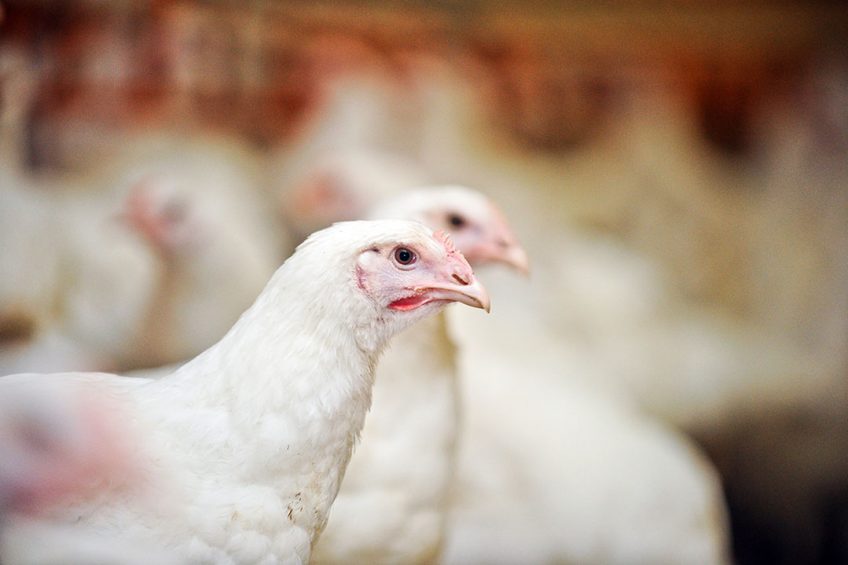Africa: Feed costs governs poultry sector competitiveness

Competitiveness of poultry production in East Africa is largely governed by feed prices, according to a new study by Dutch academics.
With feed contributing up to 70% of the cost price, the researchers found significant differences in the four countries studied – Kenya, Uganda, Rwanda and Tanzania.
Wageningen University and Research and the Netherlands Africa Business Council (NABC) looked at the interdependency between countries for the development of the poultry sector.
The study found that feed prices are lowest in the countries that are able to locally produce the main feed ingredients themselves, such as maize.
This was why the price of poultry feed in Tanzania was only half the price of Kenyan poultry feed, while the prices in Rwanda and Burundi even top Kenya by a further 30-50%.
In order to develop, poultry chains depend on supply of feed ingredients and day old chicks, on veterinary services, environmental legislation and the formal and informal nature of local and cross-border markets.
The study found that Kenya has a well-developed poultry sector but that not enough arable land was being set aside to produce the necessary feed.
And the arable land that was being used was also located on marginal soils in semi-arid areas and therefore produced limited yields.
As a result, the main ingredient – maize – has to come from either Tanzania or Uganda. With 10 million hectares of arable land, Tanzania is potentially the largest maize supplier in the region, with one million more tonnes under cultivation than Uganda. In contrast, Kenya has just 6m ha and Rwanda 1.8m ha.
Tanzania has for the past six months closed its borders for maize exports to Kenya in order to restore its strategic national maize reserve.
The study is the first phase towards achieving a comparison of the competitive power of poultry production among African nations. The final goal is to produce a competitiveness index for production on the continent. The index is expected to enable governments and donors to better underpin their choices for supporting poultry developments and may also support private business in determining their acquisition strategy.













